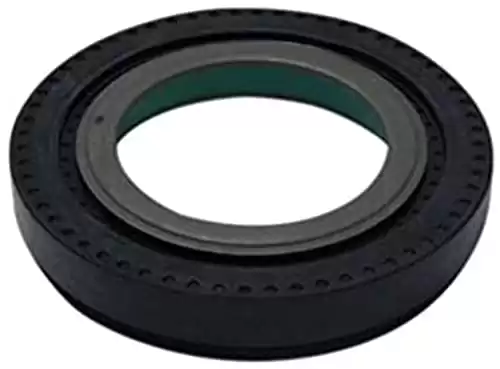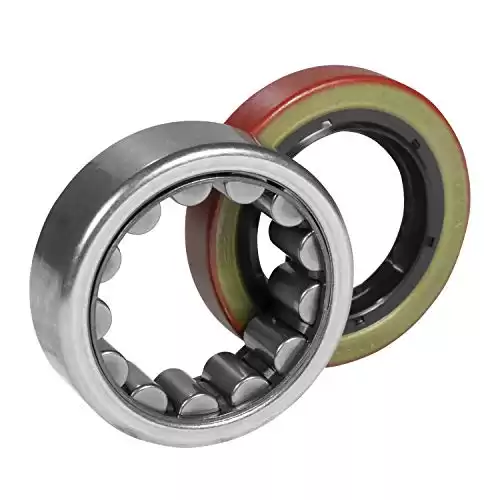A leaking axle seal can cause significant problems if not identified and addressed promptly. They play a crucial role in the functioning of your vehicle, and understanding their purpose and operation is key to maintaining your car’s health. This comprehensive guide aims to equip you with the knowledge necessary to identify a leaking axle seal, understand its causes, and discover effective solutions.
Understanding Axle Seals
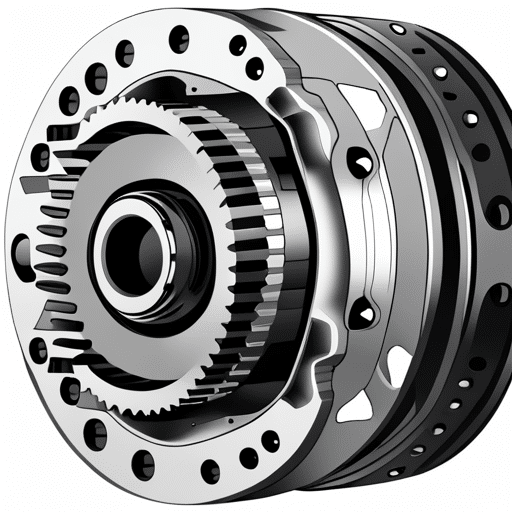
Axle seals are small but integral components in your vehicle. They are located where the axle connects with the transmission or differential, serving to keep the transmission fluid or gear oil from leaking out. There are different types of axle seals, including front and rear axle seals, each with a specific role in the vehicle’s operation.

The purpose of axle seals is to prevent the leakage of lubricants and to keep dirt and other contaminants out of the bearings and gears. They work under high temperature and pressure conditions, and their health is vital to the overall functioning of your vehicle.
Identifying a Leaking Axle Seal
Recognizing the signs of a leaking axle seal early can save you from more significant vehicle issues down the line. Common signs include visible oil leaks near the wheels or axles, noises from the differential or transmission, or even the smell of burning oil after a drive.
The implications of a leaking axle seal on vehicle performance can be serious. It can lead to the loss of lubrication in the differential or transmission, causing damage to the gears. Moreover, there are safety concerns associated with a leaking axle seal, including the risk of fire if the oil contacts a hot exhaust pipe.
If you are concerned about a leaking axle seal, here are 2 things to look out for:
Oil puddle under car
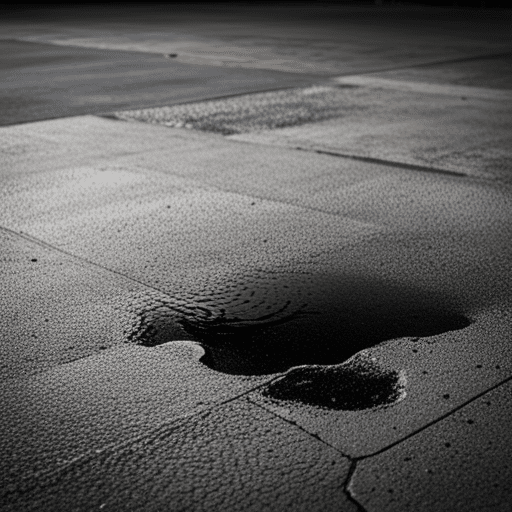
One of the more common signs the axle seal is leaking is oil below your vehicle after it has been parked. Your driveway is one of the spaces you will notice the oil leak. If you start to notice oil drops on your driveway, it could be a sign of a leaking axle seal.
Transmission slipping at highway speeds
While an oil spot on the driveway is a common sign, it does not always happen because the axle seal leaks more during highway driving. Instead, you may notice your transmission slipping at highway speeds. Since the transmission fluid drops, there is not enough fluid for brake band friction, valve operation, gear lubrication, and the torque converter. If the leaking axle seal does not get fixed soon and the transmission is slipping, you could cause permanent damage to the transmission.
Is It Safe to Drive with a Leaking Axle Seal?
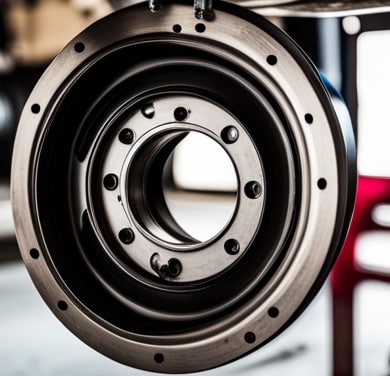
The severity of the leak affects the safety of driving with a leaking axle seal. If there is a significant loss of fluid that affects the transmission, the vehicle should not be driven. However, if the leak is small and the vehicle cannot be repaired immediately, it is okay to drive as long as you keep the transmission fluid full.
Leak Severity
The safety of driving with a leaking axle seal largely depends on the severity of the leak. A minor leak, where only a few drops of oil are lost over time, may allow for short-term driving. However, it’s crucial to keep an eye on the transmission fluid level and top it up as necessary.
Impact on Transmission
A more severe leak, where the transmission fluid drops significantly, can lead to major issues. Low fluid levels can cause the transmission to overheat, slip, or even seize up completely. In such cases, it’s unsafe to drive the vehicle until the issue is resolved.
Potential Damage
Continued driving with a severe leak can lead to permanent damage to the transmission, leading to costly repairs or even replacement. Therefore, if there’s a significant leak, it’s best to avoid driving and seek immediate professional help.
Causes of Axle Seal Leaks
Axle seal leaks can be caused by several factors. Wear and tear over time is common, especially in older vehicles. Incorrect installation can also lead to leaks, emphasizing the importance of professional installation. Contaminants and debris can damage the seal, causing leaks. Finally, manufacturing defects, though less common, can also result in a leaking axle seal.
Price Ranges to Repair a Leaking Axle Seal
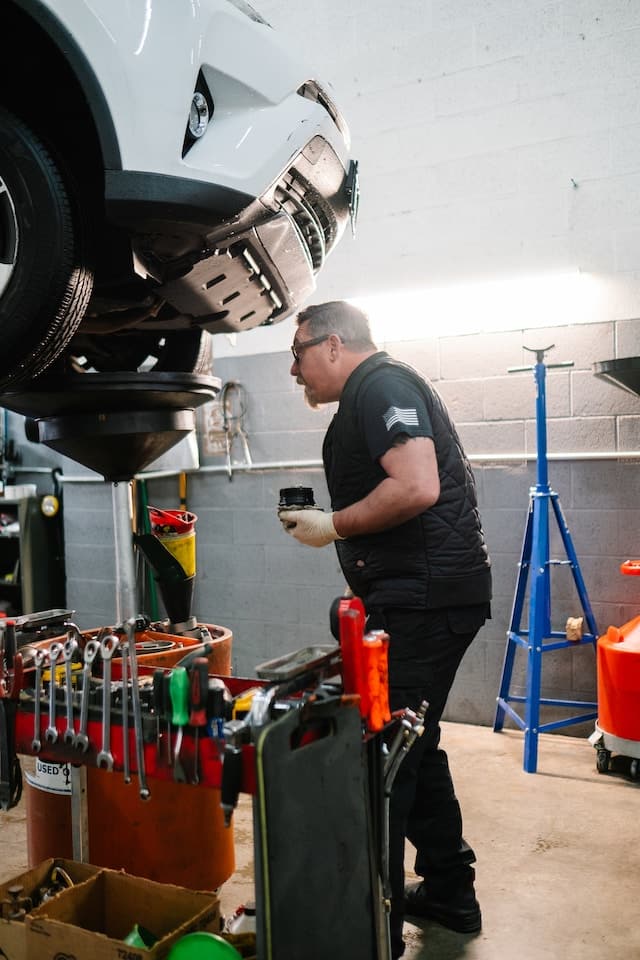
Cost Breakdown
The cost to repair a leaking axle seal can range from $150 to several hundred dollars, depending on various factors. These factors include the make and model of the vehicle, the labor costs in your area, and whether any other parts are damaged.
DIY vs. Professional Repair
Doing the repair yourself can potentially save on labor costs. However, it will require purchasing the necessary parts, tools, and possibly renting equipment to lift the vehicle. Professional repair, while often more expensive, comes with the advantage of expertise, proper tools, and usually a warranty on the work.
Additional Costs
Keep in mind that if the leaking axle seal has caused damage to other parts, such as the transmission, the repair costs can increase substantially.
DIY Leaking Axle Seal Repair: Is It Possible and What Are the Risks?
Feasibility of DIY Repair
Repairing a leaking axle seal is not typically a beginner DIY project. It requires a certain level of mechanical knowledge and skill, as well as access to specific tools. For those with mechanical experience, it can be a feasible project, but it’s important to have a thorough understanding of the process and the potential issues that could arise.
Risks Involved
The main risk in DIY repair is improper installation, which is actually a common cause of axle seal leaks. If the seal is not installed correctly, it can lead to leaks, or even damage to the axle or transmission. Additionally, without the proper tools or safety equipment, there’s a risk of personal injury.
Assessing the Situation
Before deciding to undertake a DIY repair, it’s important to assess your level of mechanical skill, the complexity of the repair, the tools required, and the potential risks. For many, the peace of mind that comes with a professional repair may outweigh the potential cost savings of a DIY approach.
Preventive Measures
Preventive measures can significantly reduce the risk of a leaking axle seal. Regular vehicle maintenance, including periodic checks of the axle seals and maintaining the proper transmission fluid levels, can help detect potential issues early on and prevent leaks from occurring.
Remember, early detection and intervention are vital. If a leaking axle seal is left unattended, it can cause substantial damage to the transmission, leading to costly repairs.
FAQ: Leaking Axle Seal
Q: What is the function of an axle seal in my vehicle?
A: The axle seal is an integral part of your vehicle that connects the axle to the transmission or rear differential. Its primary role is to prevent transmission fluid from leaking out.
Q: How can I identify a leaking axle seal?
A: Common signs of a leaking axle seal include oil spots or puddles under your vehicle after it’s been parked, especially on your driveway, and transmission slipping at highway speeds.
Q: Can I still drive my car if the axle seal is leaking?
A: The answer depends on the severity of the leak. If the leak is minor and the vehicle can’t be repaired immediately, it’s usually safe to drive for a short period as long as you keep the transmission fluid topped up. However, if the leak is substantial and affecting the transmission, you should avoid driving the vehicle until the issue is fixed.
Q: What causes an axle seal to leak?
A: The most common cause of a leaking axle seal is improper axle installation or removal. However, the axle seal can also wear out over time, leading to leaks.
Q: What is the cost to repair a leaking axle seal?
A: The repair cost can range from $150 to several hundred dollars, depending on various factors like the make and model of your vehicle, your location, and whether any other parts are damaged.
Q: Can I repair a leaking axle seal myself?
A: While it’s possible to repair a leaking axle seal yourself if you have the necessary mechanical knowledge and tools, it’s often recommended to seek professional help due to the complexity of the task and the risks associated with improper installation.
Q: Does a leaking axle seal mean there is a problem with my transmission?
A: Not necessarily. A leaking axle seal primarily indicates an issue with the seal itself. However, if the leak is not addressed promptly, it can lead to low transmission fluid levels, which can cause transmission problems.
Q: Is a leaking axle seal covered under my vehicle’s Powertrain Warranty?
A: It might be. You’ll need to check your vehicle’s Powertrain Warranty details to see if a leaking axle seal is covered.
Q: How can I prevent axle seal leaks in the future?
A: Regular vehicle maintenance, including periodic checks of the axle seals and maintaining the proper transmission fluid levels, can help detect potential issues early and prevent leaks from occurring.



